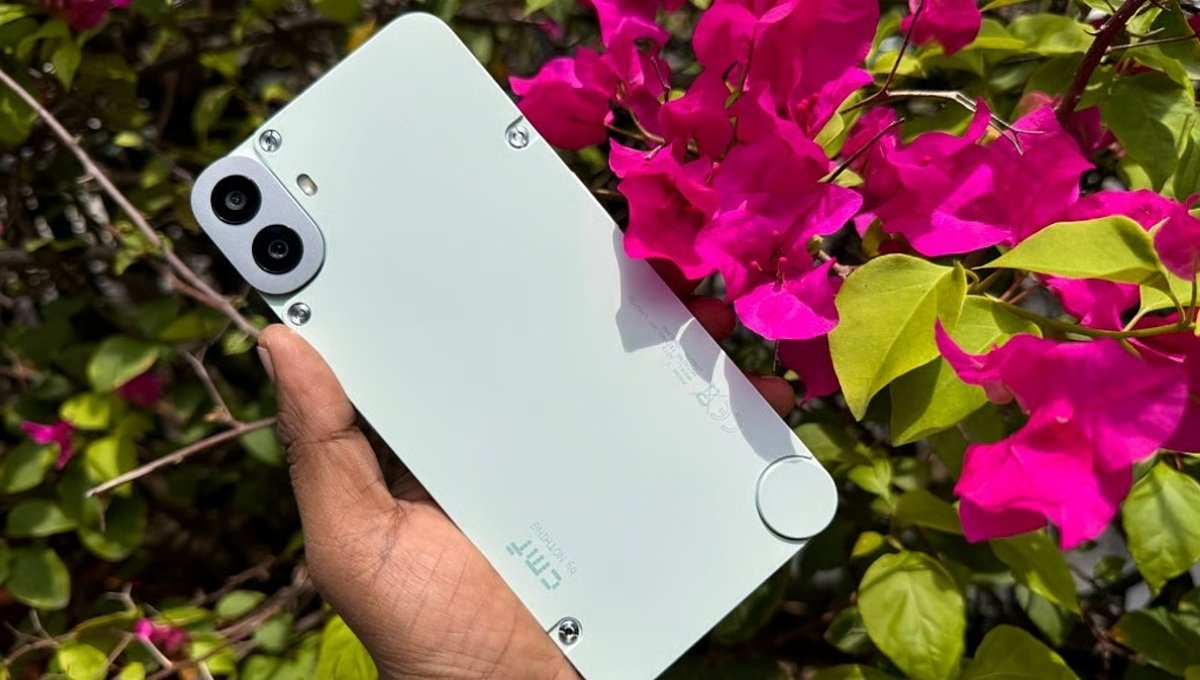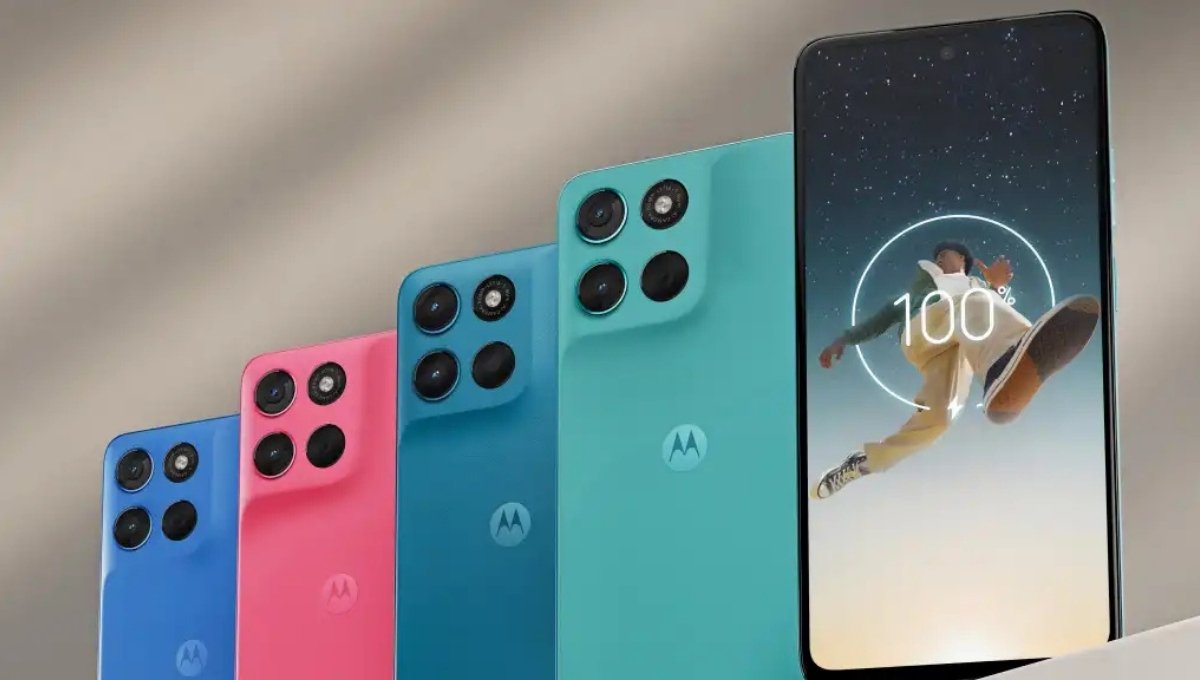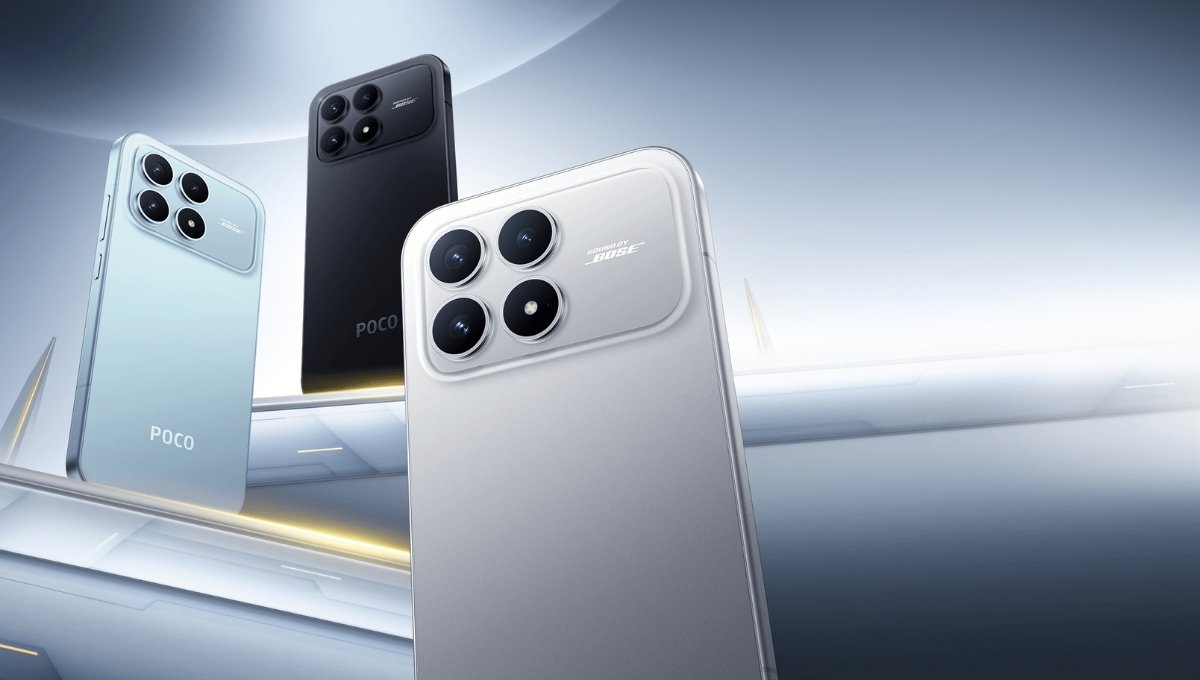A portable monitor for laptop can transform the way you work, study, or play. If you’re tired of flipping between tabs, struggling with a small screen on the go, or want a lightweight solution to enhance productivity, you’re in the right place. Portable laptop monitors have become an essential tool for digital nomads, remote professionals, gamers, students, and even casual users.
This comprehensive guide will help you understand what makes a portable monitor great, how to pick the best one, and which models are leading the market in 2025.
What is a Portable Monitor for Laptop?
A portable monitor for laptop is a lightweight, compact external display designed to extend your laptop’s screen space. These monitors are slim, USB-powered, and easy to carry. Most of them connect via USB-C or HDMI and can work with laptops, tablets, smartphones, and even gaming consoles.
Whether you’re working remotely, gaming on the go, or studying a portable monitor provides the dual-screen experience without the bulk.
✅ Learn how dual monitors can improve productivity
Why You Need a Portable Monitor for Laptop
If you’re still relying on a single laptop screen, here are compelling reasons to consider an upgrade:
- Multitask like a pro: View multiple apps or documents simultaneously.
- Enhanced productivity: Dual displays have been shown to increase efficiency.
- Ideal for travel: Light, compact, and fits easily into a backpack.
- Better workflow for creatives: Great for photo editing, video production, or design.
- Perfect for presentations: Use a portable display for client demos or team meetings.
Top Features to Look for in a Portable Monitor for Laptop

When shopping for a portable monitor for laptop, here are the essential features to consider:
1. Display Size and Resolution
Most monitors range from 13 to 17 inches. The sweet spot for portability and usability is 15.6 inches, typically with 1080p resolution. For professionals in creative fields, 4K resolution models offer stunning detail.
2. Connectivity
Choose monitors with:
- USB-C with DisplayPort Alt Mode
- HDMI and Mini HDMI ports
- Some models support Thunderbolt 3/4
3. Power Options
Many portable monitors draw power directly from your laptop via USB-C. Others come with built-in batteries for true wireless flexibility.
4. Screen Type
- IPS panels for color accuracy
- OLED displays for deeper contrast
- High refresh rates (120Hz or more) for gaming
5. Touchscreen Capability
Great for creatives, students, and professionals. Some models also support stylus input.
✅ Explore different screen technologies for displays (ViewSonic)
Best Use Cases for a Portable Monitor for Laptop
Remote Work
Create a productive workspace anywhere by pairing your laptop with a portable screen.
Gaming
Take your console or PC games on the go with a portable gaming monitor.
Creative Work
Designers and editors love the extra screen real estate and color-accurate displays.
Education
Students can study more efficiently by viewing notes and lectures side-by-side.
Top 5 Portable Monitors for Laptop in 2025
1. ASUS ZenScreen MB16ACV
- 15.6” Full HD IPS
- Hybrid USB-C and USB-A
- Lightweight and durable
- The smart cover doubles as a stand
2. Lenovo ThinkVision M14d
- 14” 2.2K display
- USB-C power and data
- Ultra-lightweight at 1.3 lbs
- Excellent color reproduction
3. ViewSonic VG1655
- 15.6” Full HD
- Dual USB-C + mini-HDMI
- Built-in speakers
- Sleek aluminum body
4. ASUS ROG Strix XG17AHP
- 17.3” 1080p, 240Hz refresh rate
- Built-in battery
- Best for portable gaming setups
5. SideTrak Swivel Pro
- 13.3” FHD attachable screen
- 270° swivel
- Designed to stay connected to your laptop
How to Use a Portable Monitor for Laptop
Setting up your monitor is usually plug-and-play:
- Connect via USB-C or HDMI.
- Power the monitor (some require external power).
- Adjust settings: extend, mirror, or duplicate your laptop display.
- Use a built-in or external stand for better angles.
Common Mistakes to Avoid
- Assuming all USB-C ports support video: Double-check your laptop specs.
- Choosing a screen that’s too dim: Look for at least 250–300 nits brightness.
- Ignoring refresh rates: Gamers should look for at least 120Hz.
Portable Monitor vs. Traditional Monitor
| Feature | Portable Monitor | Traditional Monitor |
|---|---|---|
| Portability | ✅ Lightweight and compact | ❌ Not designed for travel |
| Power Consumption | ✅ USB-powered or battery-operated | ❌ Requires outlet |
| Display Size | ✅ Smaller, travel-friendly | ✅ Larger, better for full workstations |
| Setup Time | ✅ Quick and easy | ❌ More setup required |
Productivity Tips with Portable Monitors
- Use tools like Microsoft PowerToys or DisplayFusion to manage windows.
- Keep your monitor in a protective sleeve while traveling.
- Use a portable stand or riser to reduce neck strain.
- Invest in a USB-C hub for better connectivity.
- Use night mode to reduce eye strain in low light.
Best Accessories to Pair With a Portable Monitor for Laptop
- Laptop stands
- USB-C docks and hubs
- Portable power banks
- Protective travel cases
- Wireless keyboards and mice
Conclusion: Should You Buy a Portable Monitor for Laptop?
Absolutely! A portable monitor for laptop is one of the smartest investments for anyone who works, creates, or plays on the go. Whether you’re juggling multiple apps, gaming remotely, or designing digital content, an extra screen adds flexibility, comfort, and serious productivity gains.
Today’s models are ultra-light, versatile, and offer features rivaling full-size displays. Just choose the right one based on your needs — size, resolution, power, and ports — and you’ll unlock a whole new level of efficiency.
👉 Don’t wait. Upgrade your mobile workspace with the best portable monitor for your laptop today.
Related Articles You’ll Love
- 📘 Apple iPhone 17 Pro Max Leaks and Release Date: What We Know So Far
- 📘 12 Best Passive Income Ideas for Students to Make Money in Your Free Time












